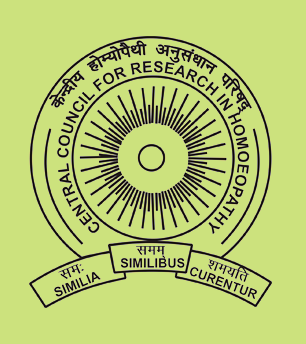Indian Journal of Research in Homoeopathy
Keywords
Calcaneal spur, Calcarea flouricum, heel pain
Article Type
Original Article
Abstract
Background: Heel pain is a common clinical condition which significantly affects the quality of life. It is frequently associated with calcaneal spur (CS). Despite its high prevalence, the optimal treatment remains unclear. The aim and objective of this study is to evaluate the extent of CS in heel pain; correlation of CS with some sociodemographic and health-related factors; and outcome of homoeopathic treatment over a period of 6 months. Methodology: It was a retrospective study done at Dr. Anjali Chatterjee Regional Research Institute for Homoeopathy, Kolkata. Samples were selected from the patients referred for ankle X-ray from August 2014 to July 2015 for nontraumatic heel pain. Their files were traced from outpatient department, and treatment records were reviewed over the next 6 months. Results: Totally 92 patients, 70 women and 22 men, had undergone lateral X-ray of ankle for nontraumatic heel pain, of which 76 (82.6%) patients had CS. Extent of CS was found to be higher in case of females, older age, overweight, and profession of housemaid or manual labor. Homoeopathic treatment showed positive response in nearly 75% of the CS patients. The most useful medicines were Calcarea flouricum, Rhus toxicodendron, Ledum palustre, and Aranea diadema. Conclusion: CS was found in nearly 80% of patients presenting with heel pain, which showed association with female sex, overweight, increasing age, and profession requiring heel stress. Homoeopathic treatment was effective in 3/4th of CS patients, and Rhus toxicodendron and Calcarea flouricum are the two most commonly used medicines.
Digital Object Identifier
10.4103/0974-7168.200844
Publisher
Wolters Kluwer India Pvt. Ltd.
How to cite this article
Parveen S. A retrospective study of homoeopathic treatment in patients with heel pain with or without Calcaneal Spur. Indian J Res Homoeopathy 2017;11:64-73. doi: 10.4103/0974-7168.200844



